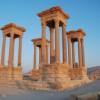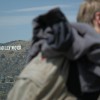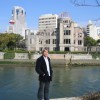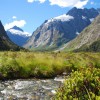If you happen to be visiting Kraków or are planning a specific trip to visit Auschwitz then making your way to the Polish town of Oswiecim from Kraków is one of the easiest and most popular ways of doing so. We happen to be visiting Kraków so took the opportunity to take the local bus on the 70km journey to visit Nazi Germany’s largest concentration/extermination camp.
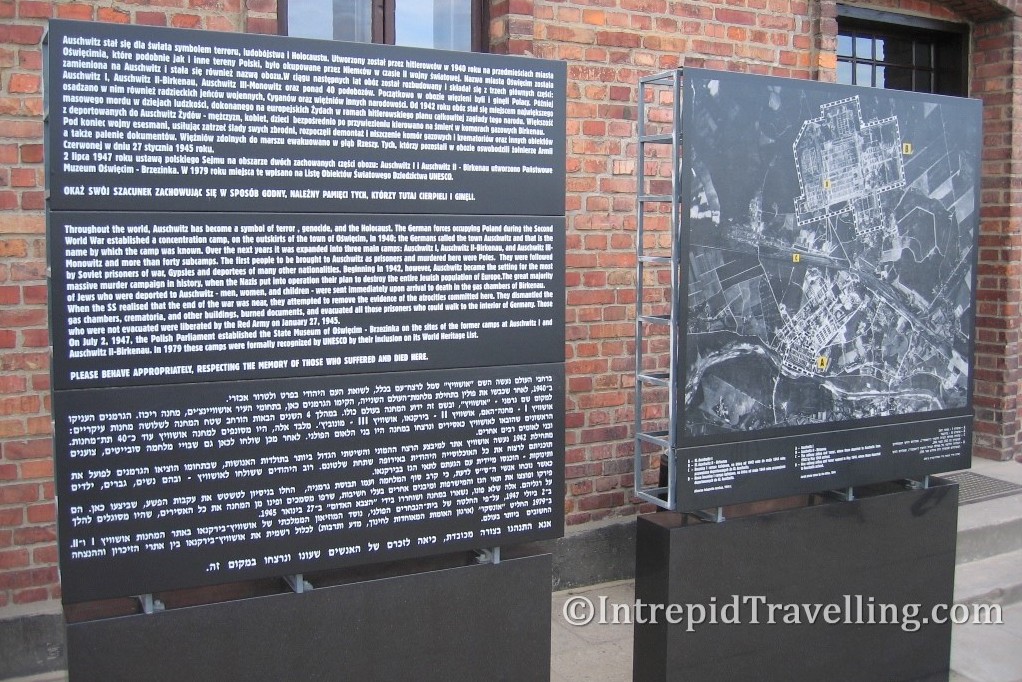
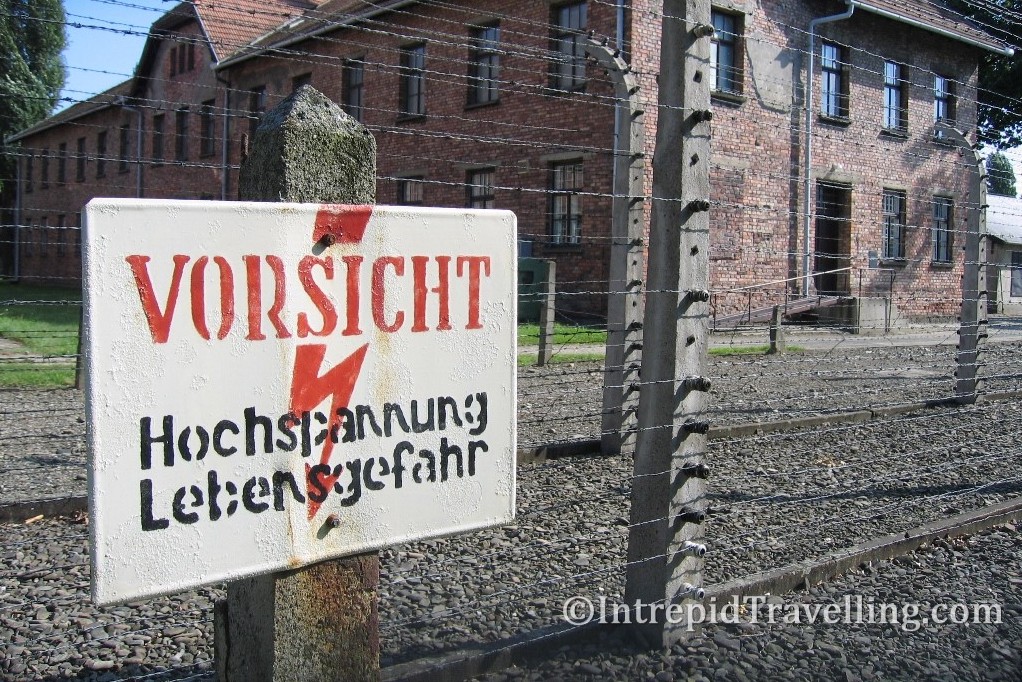
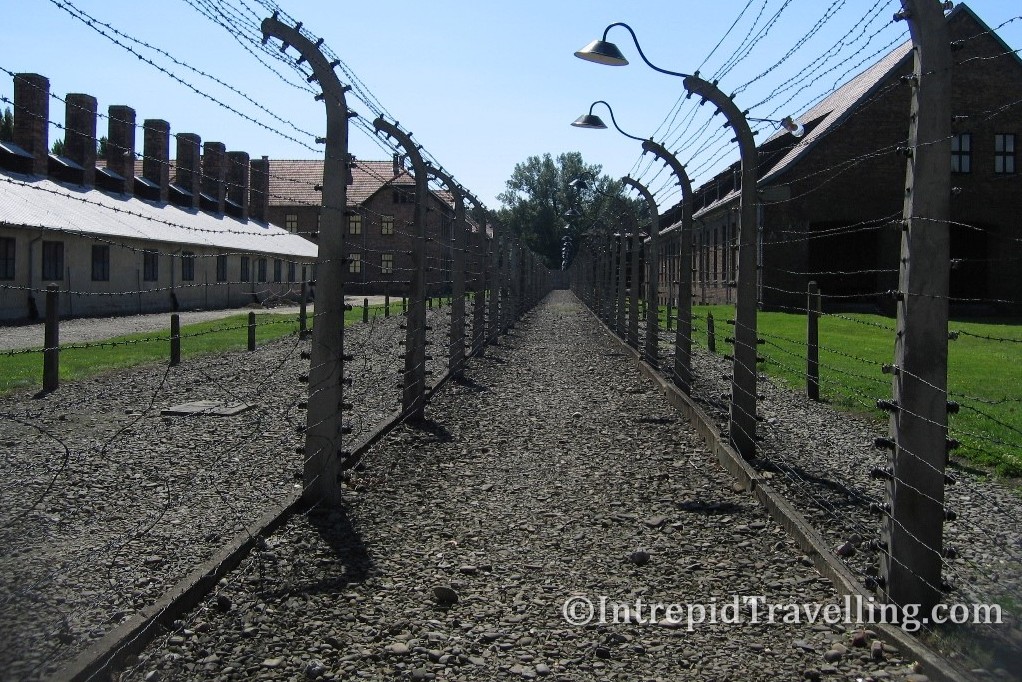
Auschwitz is actually the generic name for a collection of concentration, labour and extermination camps built by Nazi Germany during the Second World War which is more correctly known as Auschwitz-Birkenau. Initially, only Poles and Jews died in the camp, followed by Soviet prisoners of war, gypsies, and prisoners of other nationalities and minorities were also incarcerated there. The camp is the site of one of the greatest mass murders in the history of humanity, committed against the European Jews as part of Hitler's plan ('the Final Solution'). The vast majority of the Jewish men, women and children deported from their homes all over occupied Europe to Auschwitz were sent immediately to their deaths in the Birkenau gas chambers upon arrival, with their bodies cremated in industrial furnaces. At the end of the war, in an effort to destroy the evidence of their crimes the SS began destroyed the gas chambers, crematoria, other buildings as well as burning documents.
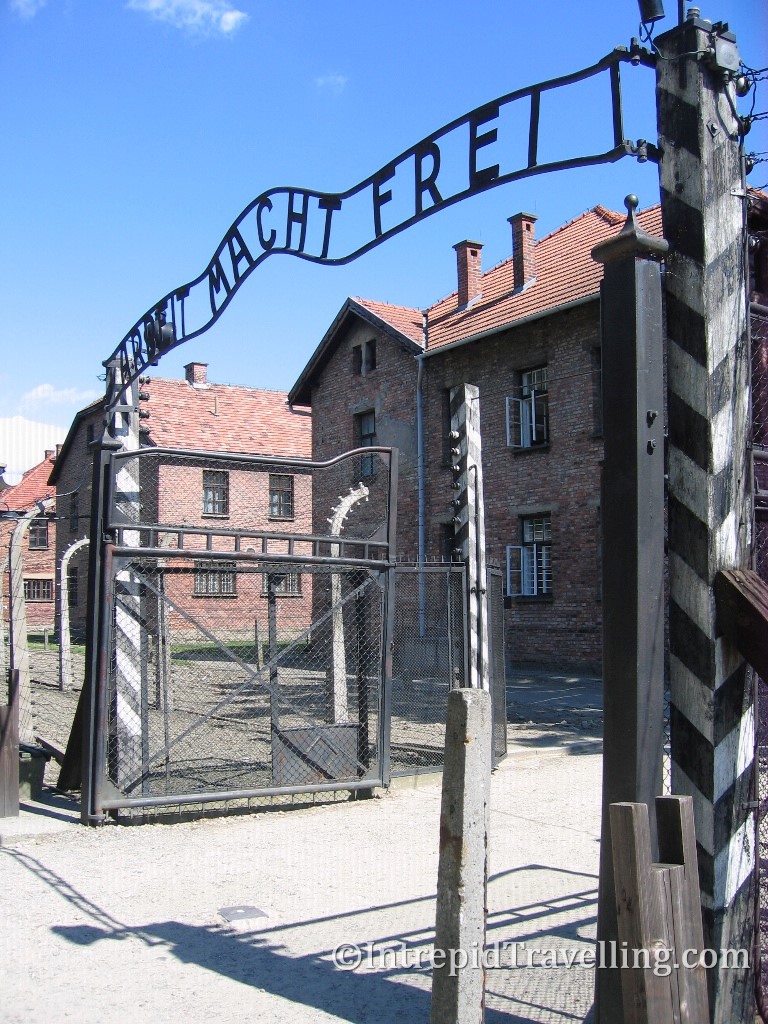
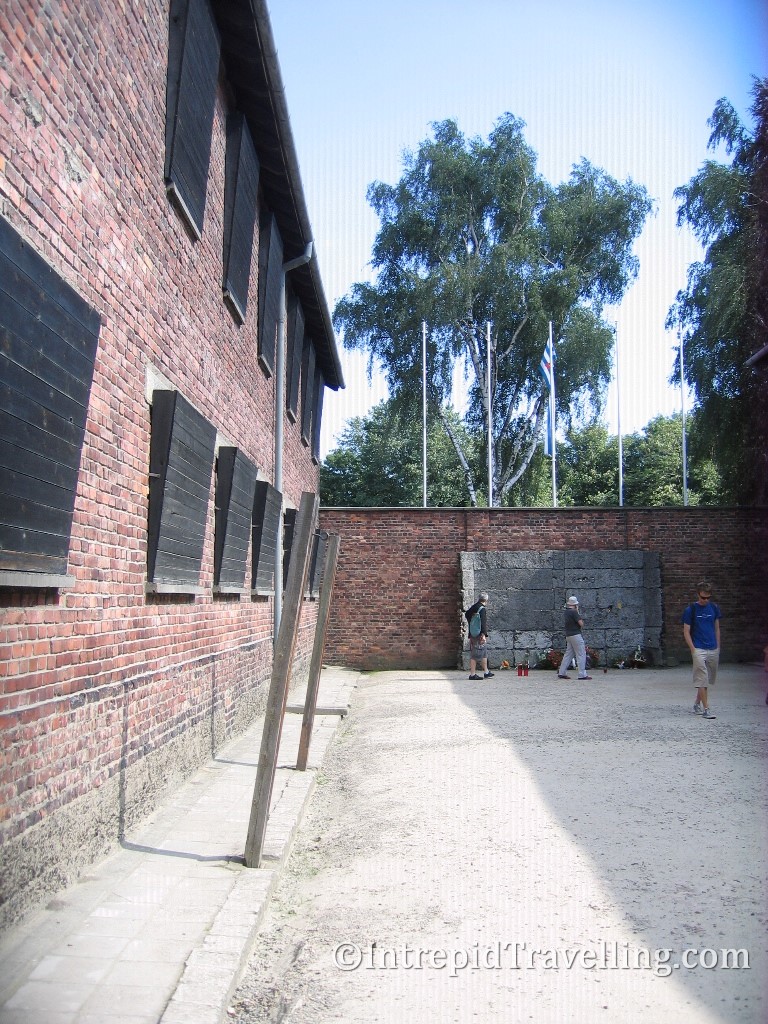
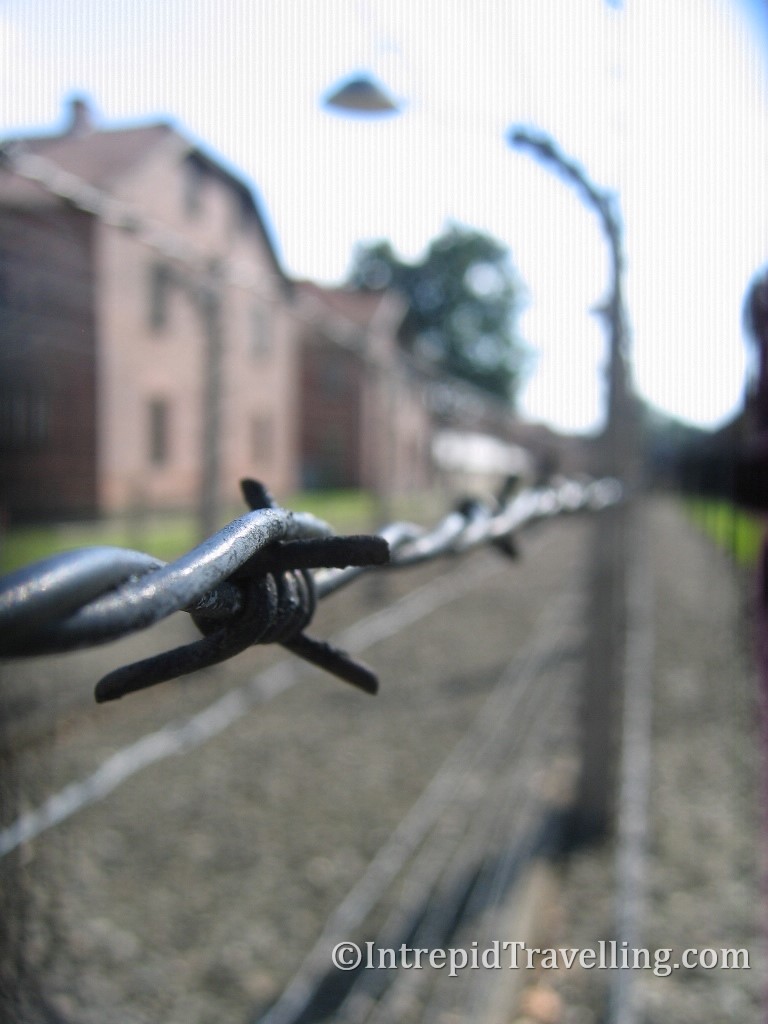
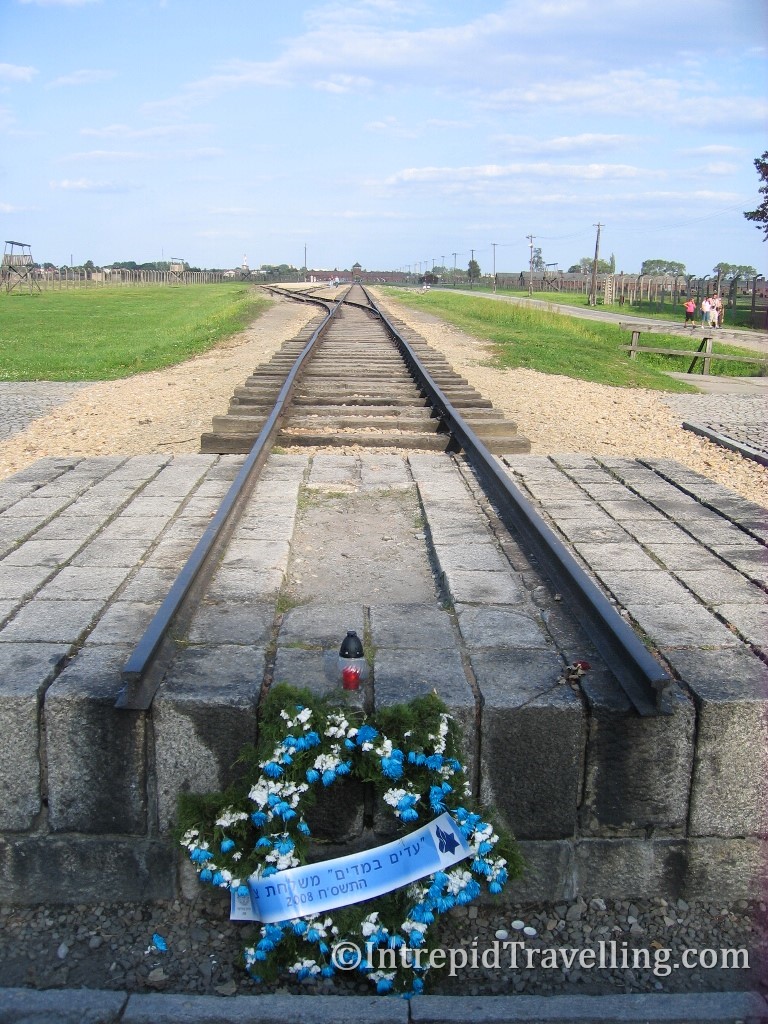
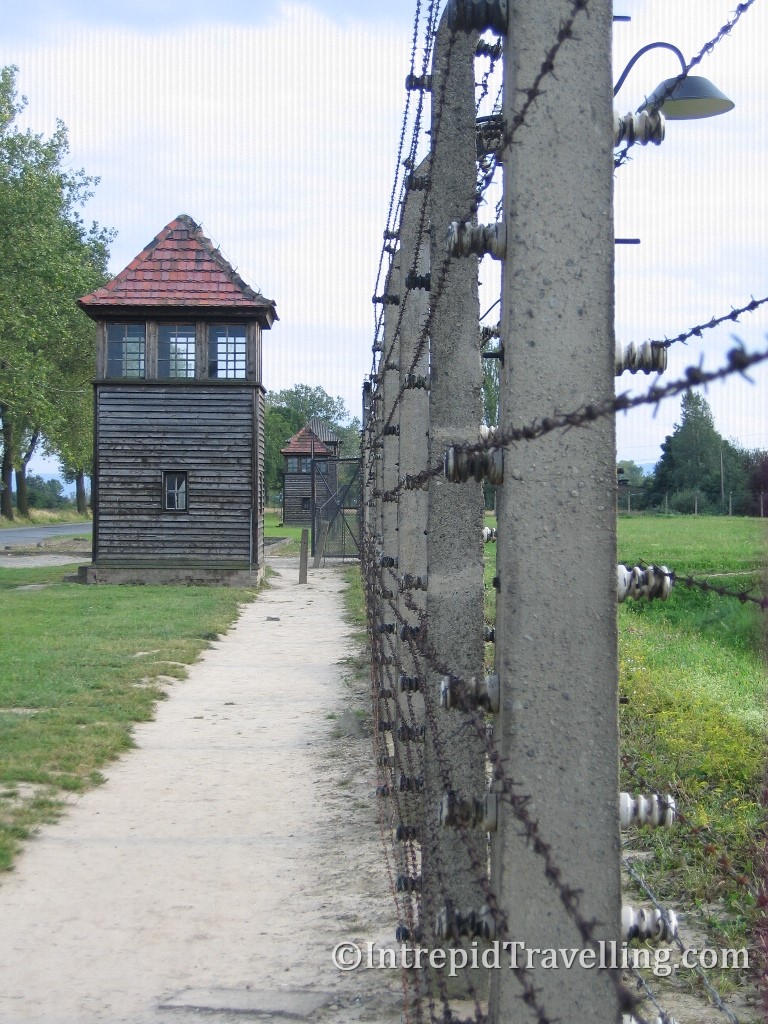
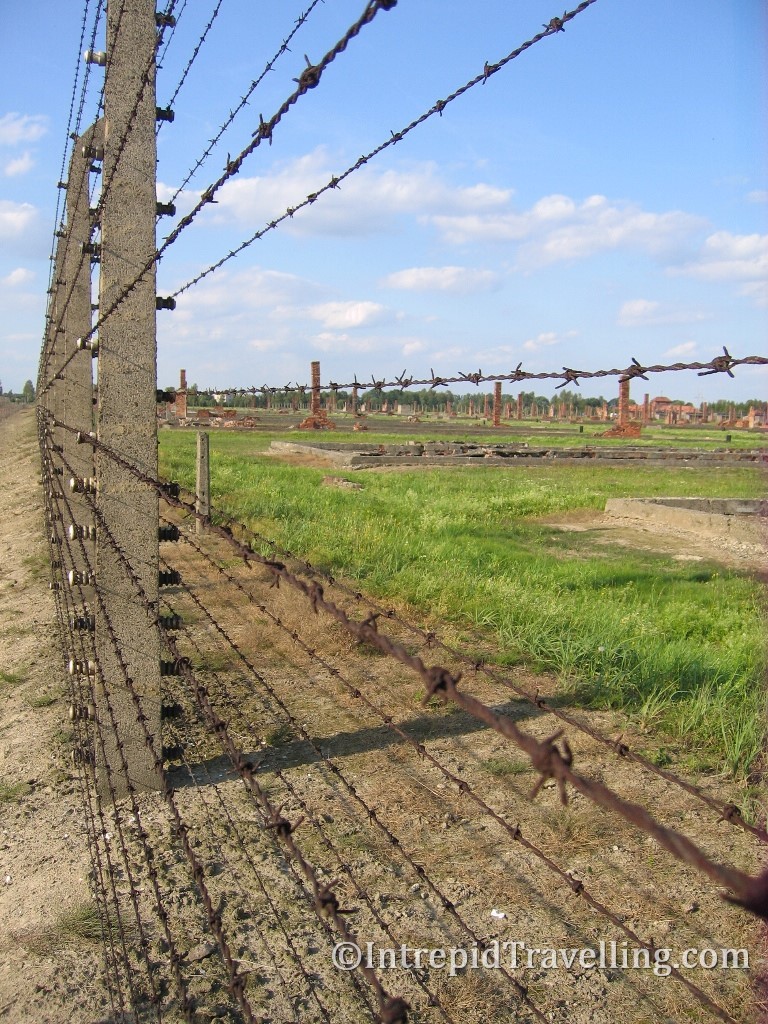
There are two sites you should visit, the Auschwitz-Birkenau State Museum which includes the infamous ‘Arbeit macht frei’ overhead sign along with former prison rooms filled with peoples hair, shoes and cloths along with other items. The larger of the two sites I visited, Auschwitz II Birkenau, was far larger than I imagined it would be (at its peak it held 100,000 people). It was in staggeringly good condition considering it was all of 65 years old.
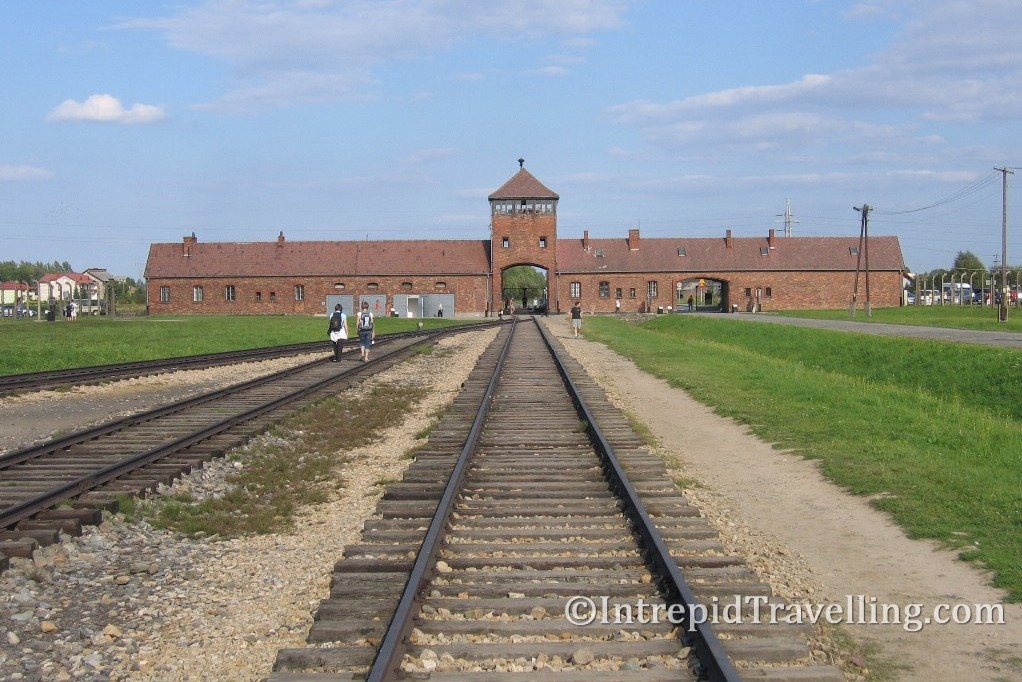
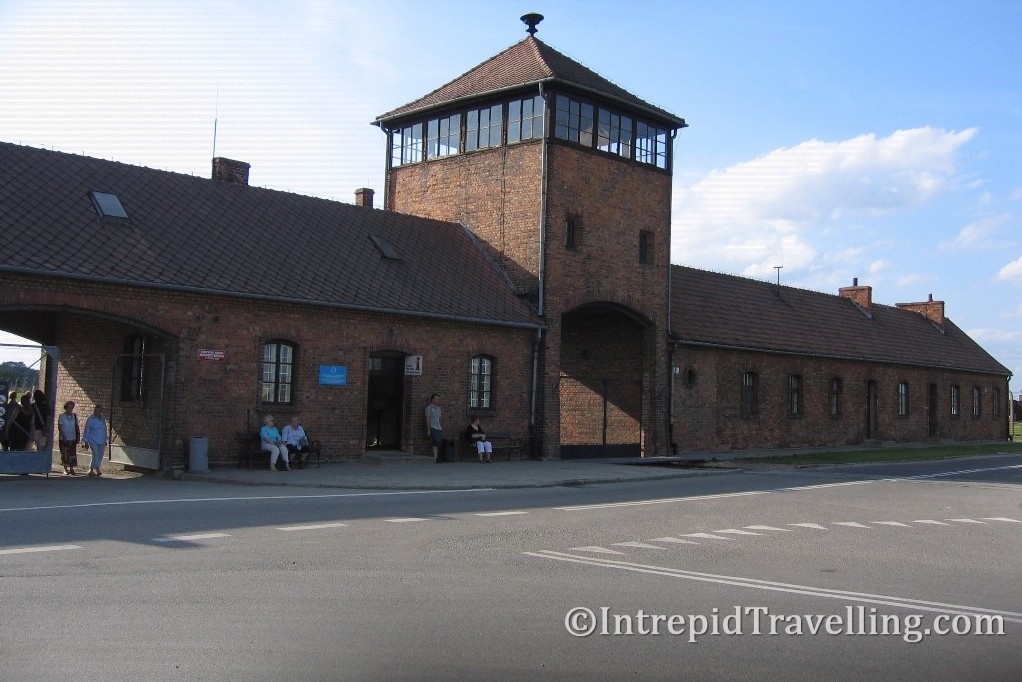
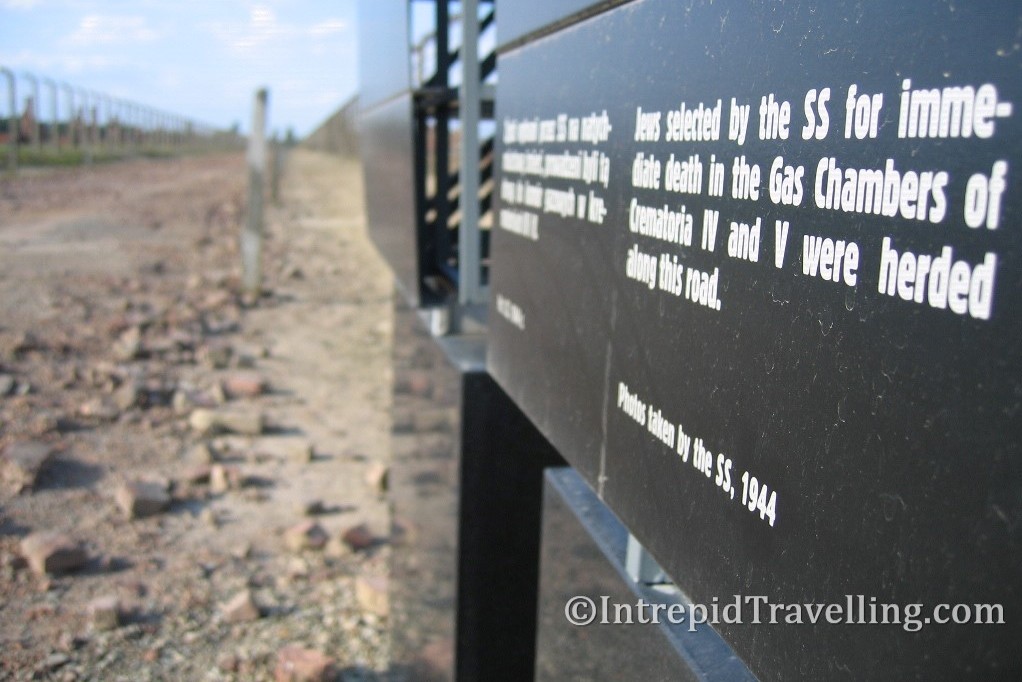
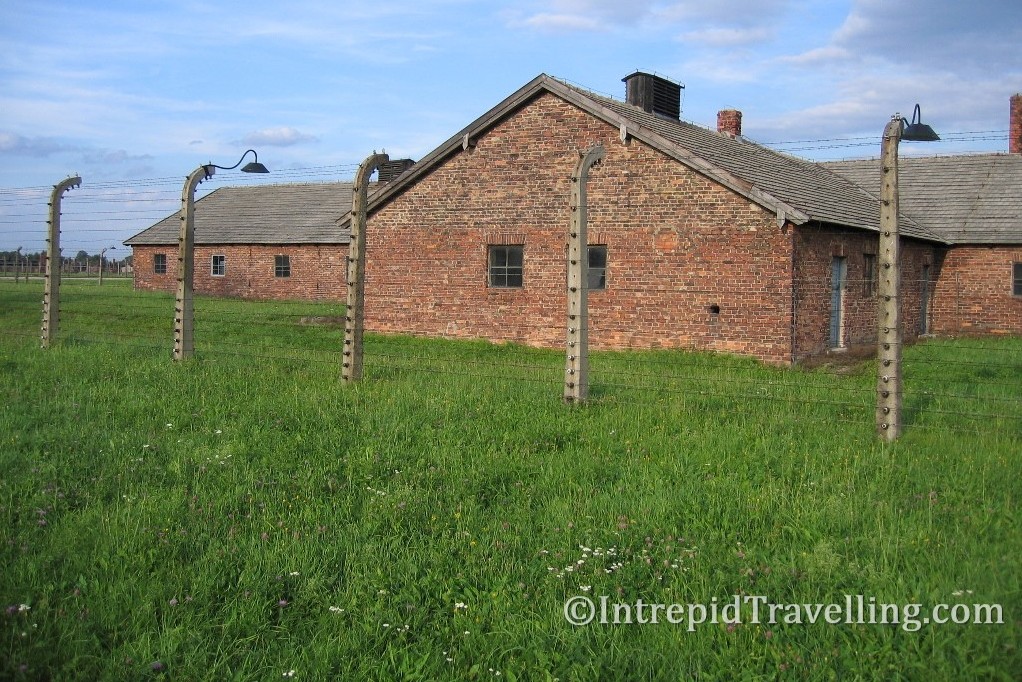
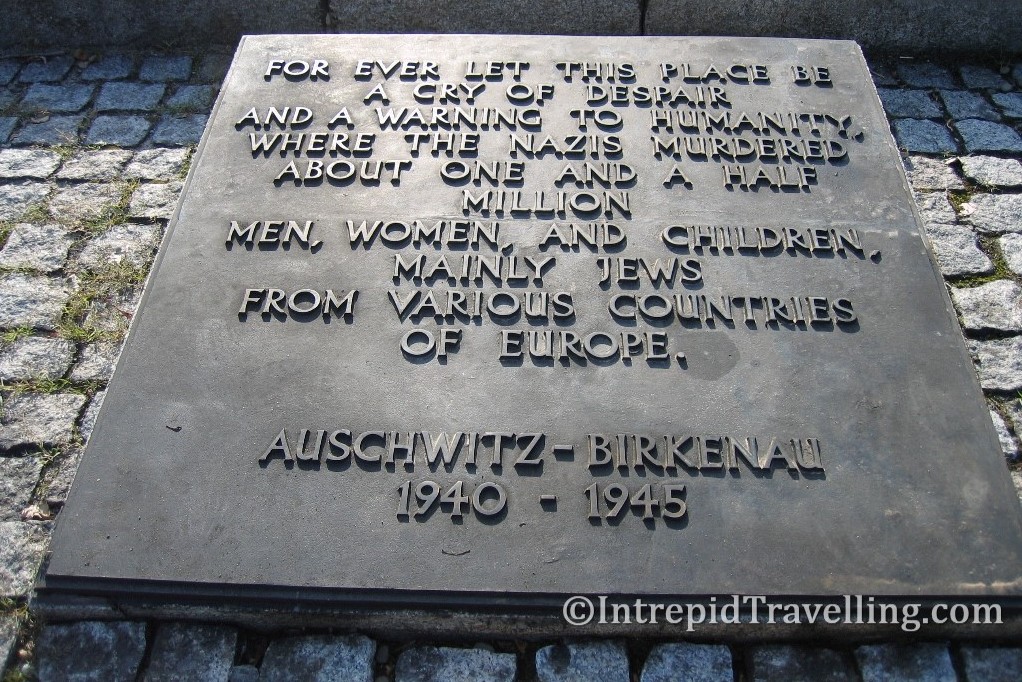
It was all still there, the barbed fences, barracks, chimneys of burnt down barracks, the railway lines that lead directly to the rubble of the gas chambers and incinerators after the Germans blew them up as the Russia front closed in on them in 1944. It will take you a full day to full explore and walk the two sites, but if history is your thing, visiting this sobering and haunting location is an experience we should all have, so that we don’t forget the horrors of war.

